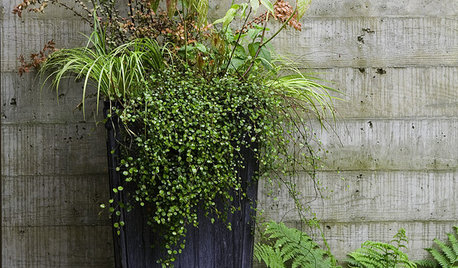This canyon was amazing. This is supposedly where the holotype Hechtia argentea was collected for Kew gardens (the one that won best in show some time in the mid-1800s that is still alive--but no pups that I know of). There was a ton of research that went into finding this, so you will have to wait until I get it published before I spill the beans on the location!
There have been a ton of 'argenteas' floating around that aren't the brilliant white/silvery coloring. And now after seeing this colony/canyon I might have to concede that they are argentea. The plants ranged from green to red to silver/white and everything in between. The spines seemed to range from fairly large and hooked to small and somewhat straight (and everything in between of course). Quite a puzzle. Makes me wonder if there is/are multiple species that have been creating a genetic stew in this canyon?!? Lots of studying needs to be done on this population.
I'll start with some territorial shots and then work into the plants....
{{gwi:456778}}
{{gwi:456779}}
{{gwi:456780}}
{{gwi:456781}}
{{gwi:456782}}
and look at all of the Tillandsia grandis growing with the hechtias!!!
{{gwi:456783}}
...including the purple form!
{{gwi:456784}}
{{gwi:456785}}
{{gwi:456786}}
{{gwi:456787}}
{{gwi:456788}}
{{gwi:456789}}
Look at the huge 'trunk' on this one. Any guesses at how old it is or how long it takes a hechtia to grow a trunk????
{{gwi:456790}}
And look at the variability of the color in this little cluster of plants (along with the agaves, cacti, fouquierias, etc)
{{gwi:456791}}
{{gwi:456792}}
Male flower of the plant above:
{{gwi:456794}}
{{gwi:456796}}
{{gwi:456798}}
There are a couple of more pictures in that gallery, and I have a ton more of that canyon. WOW was it unbelievable. Combine the grand canyon, the rocky mountains, and the Appalachians and throw in a ton of cool plants.
-andy







tsugajunkie z5 SE WI ♱
paul_t23
sdandyOriginal Author
sdandyOriginal Author
paul_t23
stephania
chrisn82
stephania
ltecato
chrisn82
gardenofeden777
splinter1804